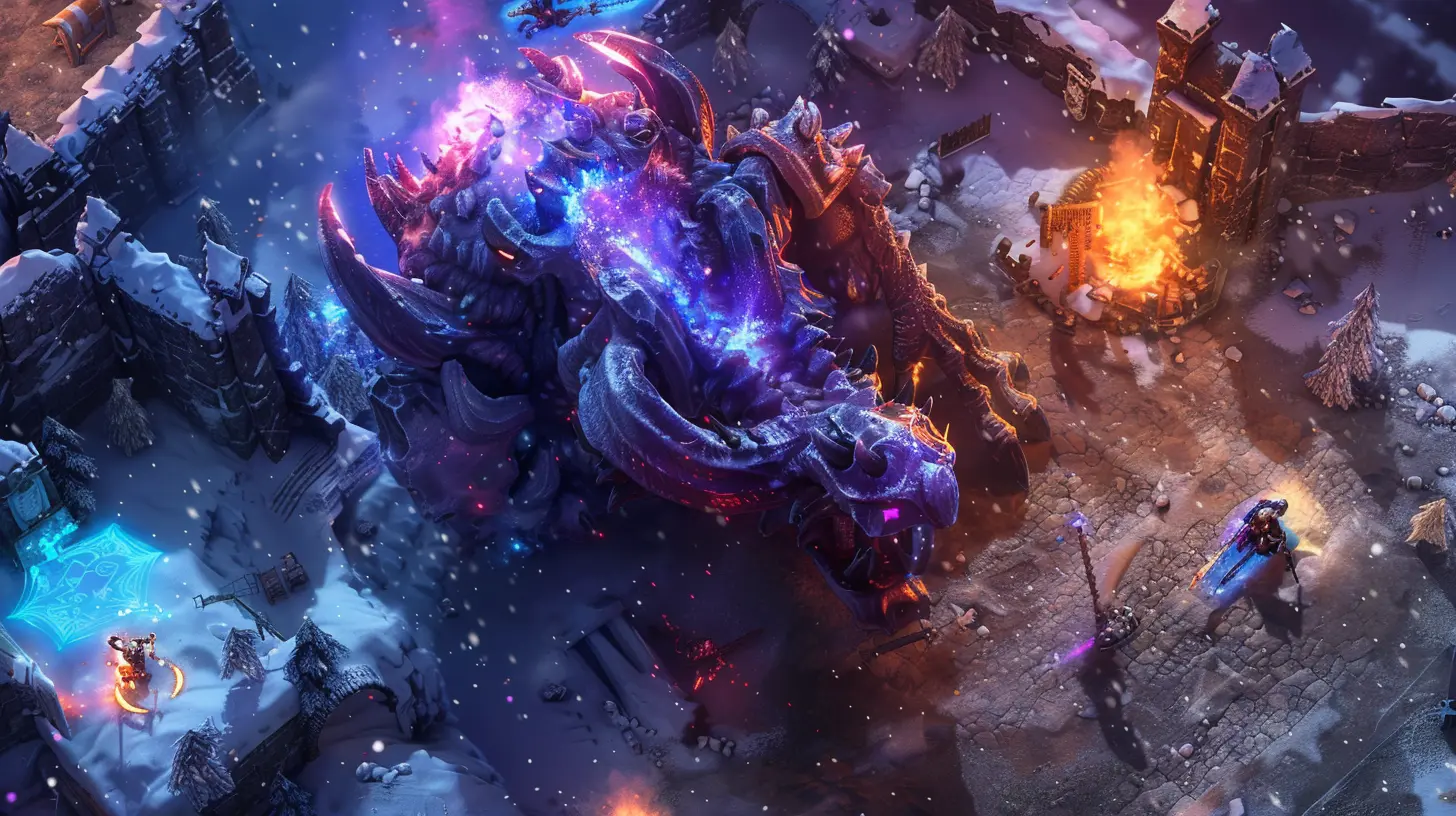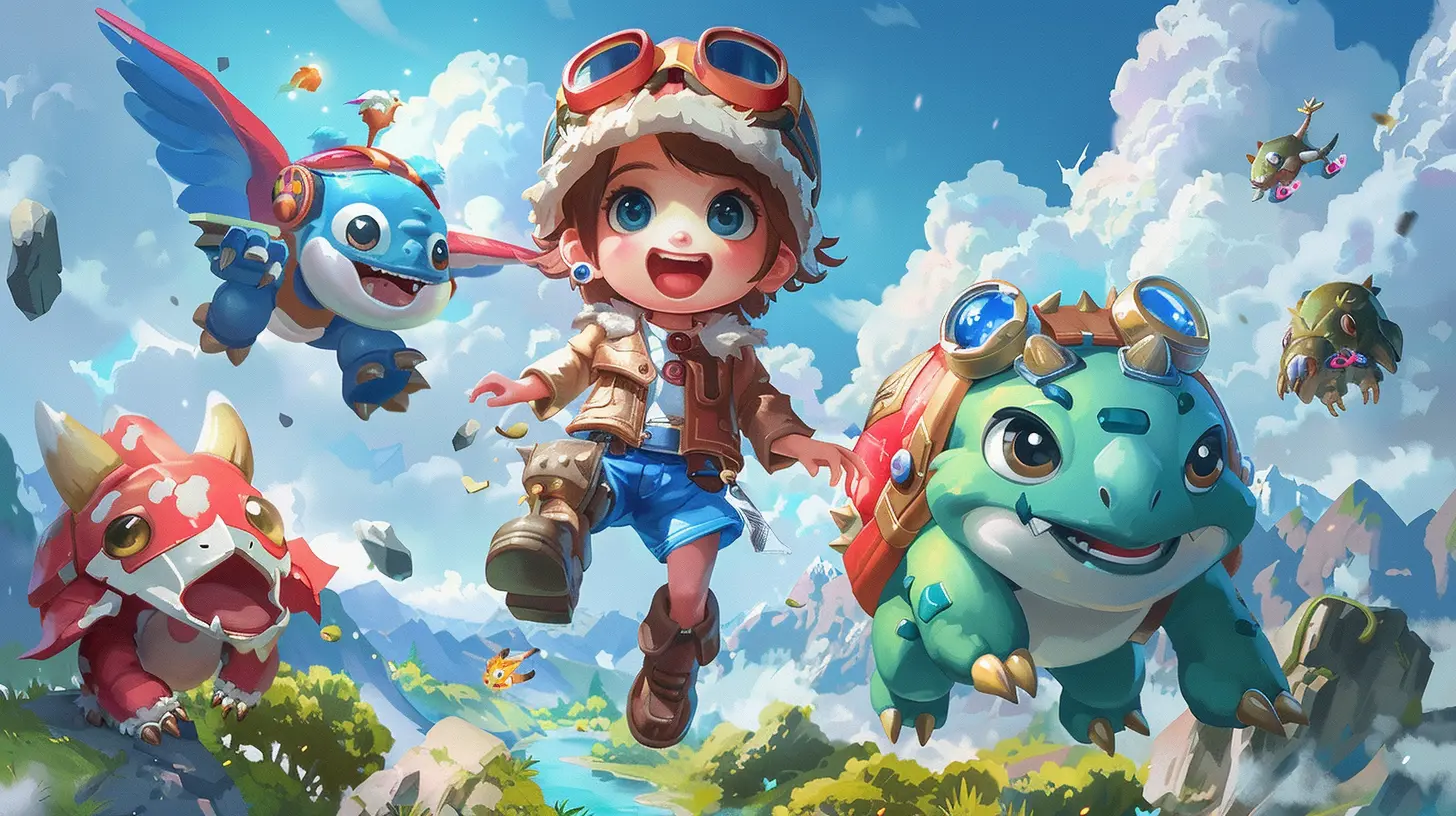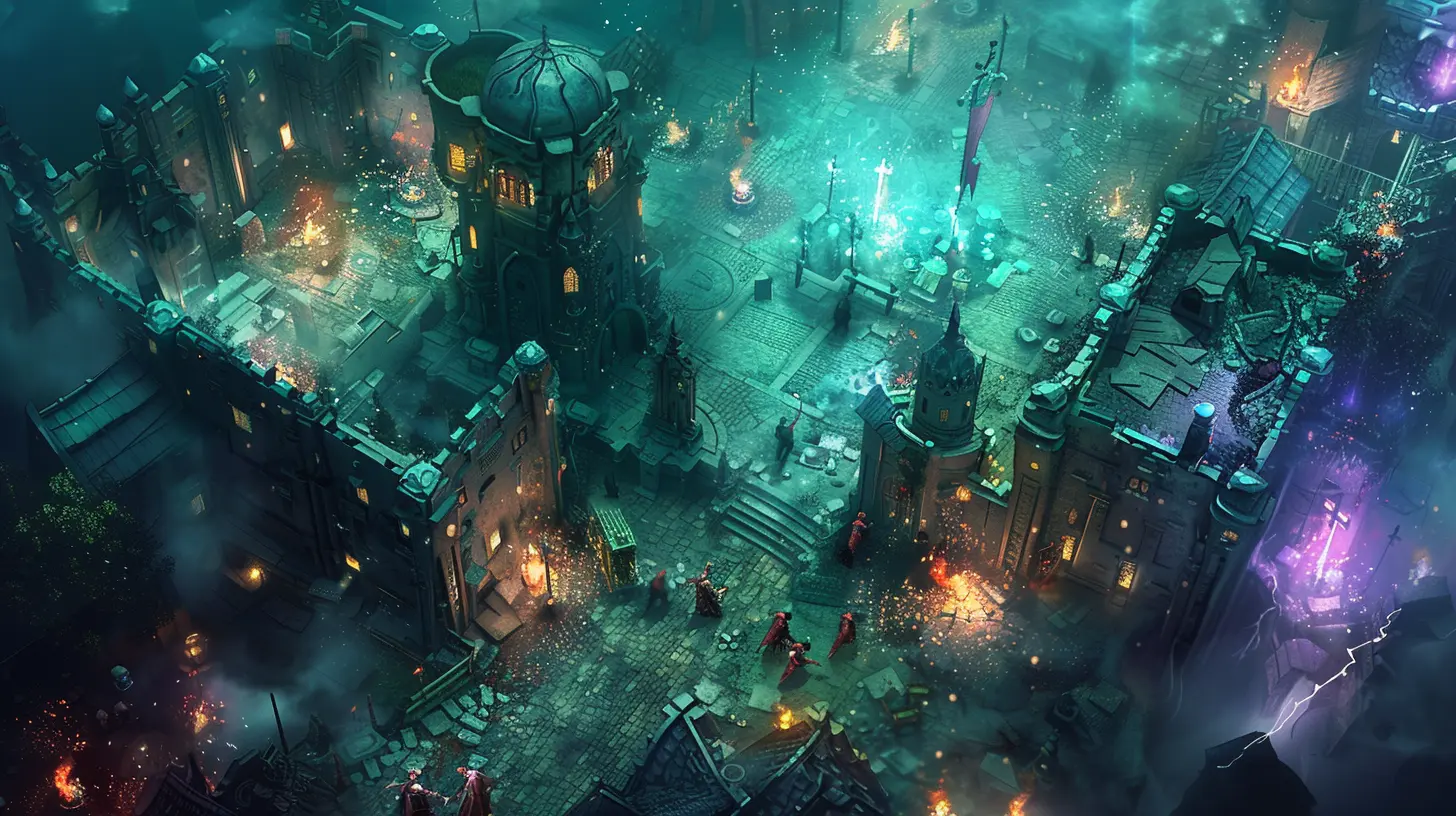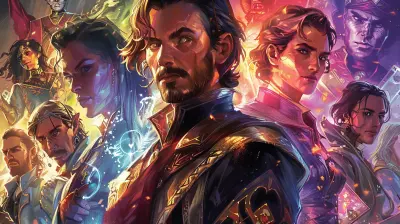Mobile Game Monetization: How Free is Free-to-Play?
14 June 2025
Let’s be real for a second—who doesn’t love free stuff? Especially when it comes to mobile games, the allure of downloading something fun without paying a dime is hard to resist. But (and you knew there’d be a but, right?), “free” in the world of mobile gaming often comes with an asterisk. Free-to-play games are everywhere, but have you ever stopped to wonder how these developers make money if they’re giving away their games for free?
Spoiler alert: they’re making A LOT of money. The free-to-play (F2P) model isn’t as “free” as it sounds. Whether it’s through ads, microtransactions, or premium subscriptions, these games are designed to get you to open your wallet eventually. Let’s dig into the nitty-gritty of mobile game monetization and answer the big question—just how free is free-to-play anyway?
The Rise of Free-to-Play Games
Before we dive into the money-making strategies, let’s talk about how the free-to-play model became the go-to in the mobile gaming space. Back in the day, you’d pay a flat fee upfront to download a game. Simple, straightforward, and—honestly? Kind of boring. Then came the F2P revolution.It started with games like Candy Crush Saga and Clash of Clans. These games broke the mold by letting players download them for free while offering optional in-game purchases. The idea was genius: let everyone try the game, hook them with addictive gameplay, and then give them a “choice” to spend money. Fast forward to today, and the F2P model dominates the app stores. But here’s the catch—it’s not just about choice anymore. It’s about psychology and making players feel like they HAVE to spend.
Common Monetization Strategies in F2P Games
So how exactly do free-to-play games rake in billions of dollars every year? It’s all about clever monetization strategies. Developers have gotten really creative (or sneaky, depending on how you look at it) with how they get players to spend. Let’s break down some of the most common methods.1. In-App Purchases (IAPs)
Ah, the infamous microtransaction. You’ve seen it—buy gems, coins, or energy to progress faster. These little purchases might seem harmless (they often cost less than a cup of coffee), but they add up. Developers use rewards systems, time-gated content, and even a bit of FOMO (fear of missing out) to nudge you into spending.For example, your favorite mobile RPG might offer a shiny new sword that doubles your damage… but it costs $9.99. And suddenly, you’re weighing your options: grind for hours to earn it for free, or just buy it now and save yourself the trouble? Let’s be honest—instant gratification usually wins.
2. Advertising Revenue
If microtransactions aren’t your thing, don’t worry—you’re still paying in a different way: your time. Most free-to-play games bombard you with ads every chance they get. Finish a level? Ad. Need extra lives? Ad. Want to double your rewards? Watch another ad.These ads are how developers make money off players who never spend a cent in the game. While some ads are tolerable, others are downright intrusive. Ever had an ad pop up in the middle of intense gameplay? Yeah, not fun.
3. Battle Passes and Subscriptions
Battle passes are a relatively newer trend, but they’ve taken the F2P world by storm. Here’s how it works: for a monthly fee, you get access to exclusive challenges, rewards, and unlockables. Games like Fortnite and PUBG Mobile have perfected this system, offering free and paid tiers in their battle passes.Then there are subscription models, like Apple Arcade or Clash of Clans’ Gold Pass. Subscriptions keep you invested because you’re paying regularly, and let’s face it—no one wants to cancel their subscription and miss out on cool stuff.
4. Pay-to-Win Mechanics
This one’s controversial, and for good reason. Pay-to-win happens when a game lets players who spend money gain a significant advantage over those who don’t. Imagine you’re in a competitive game, grinding hard to level up, but someone who drops $50 instantly unlocks the best gear. Frustrating, right?Developers swear they’re just giving players “options,” but let’s call it what it is—capitalizing on the competitive spirit. Nobody likes being left behind, and many players will pay just to level the playing field.
The Psychology Behind Spending
Here’s the thing: free-to-play games aren’t just about having fun—they’re designed to make you spend money. Developers use psychology and game design principles to keep you hooked and nudge you toward purchases. Let’s break this down.1. Scarcity and FOMO
Mobile games love to create the illusion of scarcity. Limited-time offers, exclusive items, and countdown timers all play on our fear of missing out. The logic is simple: if you don’t buy it now, you’ll regret it later.2. The Sunk Cost Fallacy
Have you ever spent so much time on a game that you felt like you HAD to invest money just to make your progress feel worth it? That’s the sunk cost fallacy in action. The more you invest (whether it’s time or cash), the harder it is to walk away.3. Social Pressure
Many F2P games have multiplayer features that let you compete or cooperate with other players. Seeing your friends with cool skins or powerful weapons can make you want to spend money just to keep up. Peer pressure hits differently in the digital world.
Are Free-to-Play Games Worth It?
Now that you know how the sausage gets made, you might be wondering: are free-to-play games even worth downloading? Honestly, it depends. If you’re someone who can resist spending and don’t mind the occasional ad, F2P games can offer hours of entertainment without costing you a penny. But if you tend to cave under pressure—or hate the idea of pay-to-win mechanics—then these games might not be for you.Ultimately, it’s all about balance. Enjoy the game for what it is, and try not to let monetization tactics ruin the experience. And hey, if you do decide to spend, that’s fine too! Just be mindful of your spending habits—those $1.99 purchases add up faster than you think.
How Can Developers Do Better?
To be fair, developers don’t deserve all the blame. Making games is expensive, and the F2P model allows smaller studios to reach more players. But here’s a thought: can we make F2P games less predatory? Some developers, like those behind Among Us or Genshin Impact, have found ways to monetize without being overly pushy. Offering fair prices, avoiding pay-to-win, and respecting players’ time are all great first steps.Wouldn’t it be nice if more developers followed suit?
Final Thoughts: Free-to-Play Isn’t Free, But That’s Okay
At the end of the day, free-to-play games aren’t really free—and that’s not necessarily a bad thing. They’re a brilliant business model that gives millions of people access to fun, creative, and sometimes downright addictive experiences. But it’s essential to go into them with your eyes open. Play smart, spend wisely, and don’t let the “free” label fool you.So, the next time you’re tempted to hit “Buy Now” for those extra gems, ask yourself: is it worth it? Or can you live without that shiny new sword? Either way, the choice is yours. Just remember, free-to-play games are only as free as you make them.
all images in this post were generated using AI tools
Category:
Mobile GamesAuthor:

Brianna Reyes
Discussion
rate this article
2 comments
Anika Gray
Free-to-play? More like 'free-to-wait-for-your-wallet-to-cry!' 😂🎮
June 22, 2025 at 4:33 AM

Brianna Reyes
Thanks for your comment! Many players do feel that way about monetization strategies. It's a balance between enjoyment and frustration in free-to-play games!
Mara Morris
This article highlights the complexities of free-to-play gaming. While accessibility is appealing, the embedded monetization strategies often compromise the user experience, leaving players questioning "how free is free?
June 21, 2025 at 2:51 AM

Brianna Reyes
Thank you for your insight! It’s a vital point that while free-to-play games offer accessibility, the monetization strategies can impact player experience significantly, raising important questions about true value.


